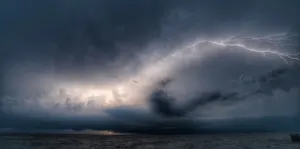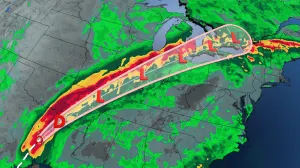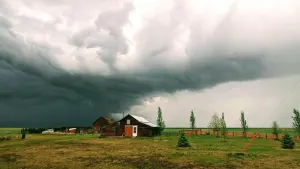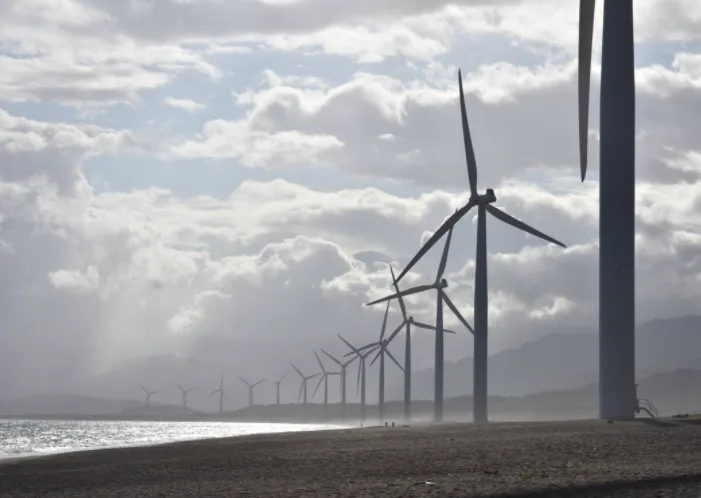
Global atlas of extreme wind speeds will help develop renewable energy
Researchers say that wind turbines generate zero-carbon energy in over 90 countries, but data limitations reduce the efficiency and potential of this energy source.
Researchers from Cornell University have developed an atlas of the fastest wind speeds recorded in hundreds of different places on Earth to help engineers expand wind energy. A limitation of wind energy is that turbines can only generate electricity intermittently since the weather fluctuates, but more regional-specific data can help optimize wind farms and accelerate the expansion of this energy source.
Their study was published in Nature Energy and Cornell University’s press release says that the atlas is “the first publicly available, uniform and geospatially explicit (datasets tied to locations) description of extreme wind speeds.”
“This kind of information will ensure the correct selection of wind turbines for specific deployment and help ensure cost-efficient and dependable electricity generation from those turbines,” said Sara C. Pryor, a professor in the Department of Earth and Atmospheric Sciences and one of the authors of the study.
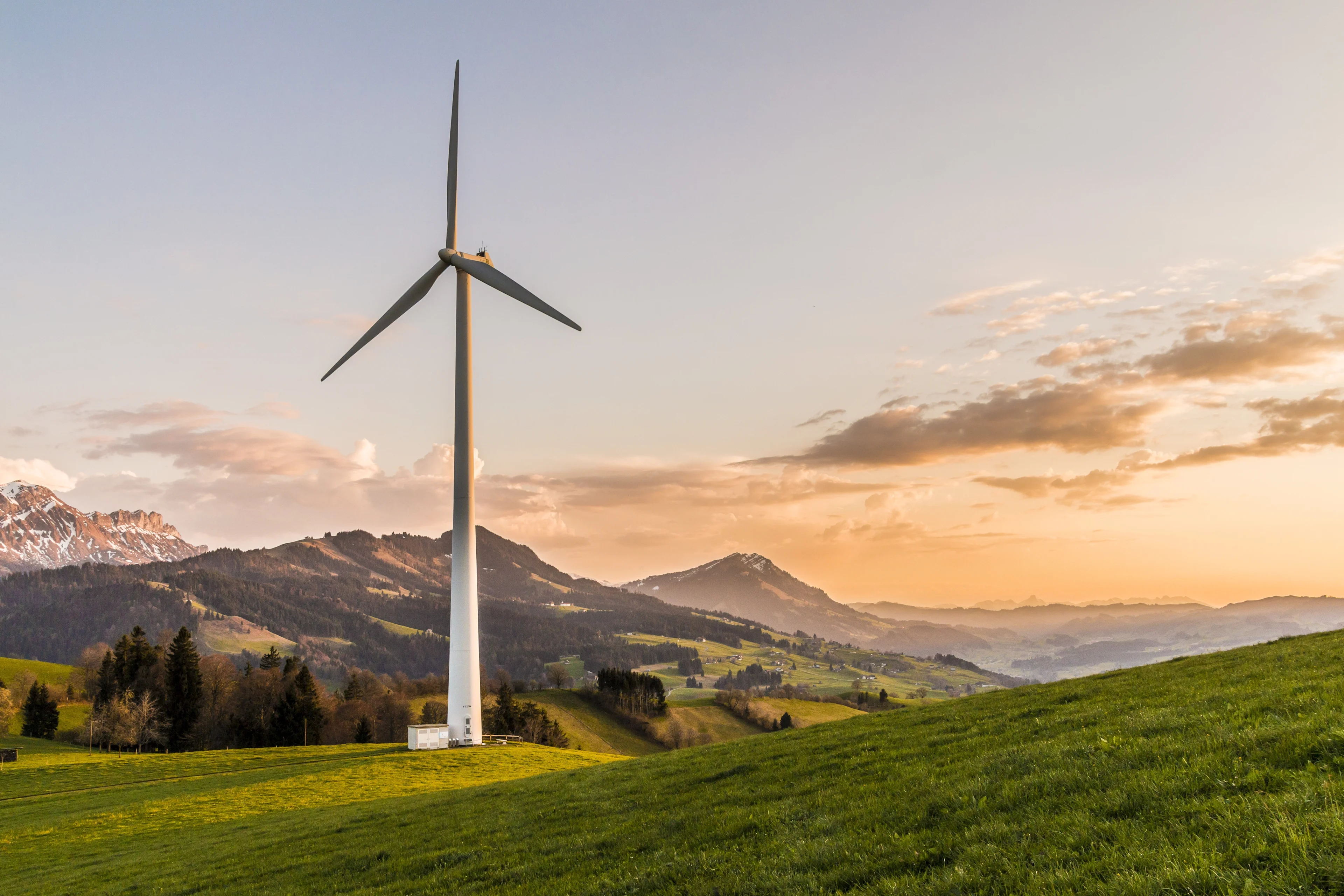
Credit: Pixabay
The researchers calculated the fifty-year return period sustained wind speed for many different locations, which Pryor defines as “the wind speed averaged over 10-minutes within the swept area of the wind turbine blades that are expected to be equalled or exceeded once during a 50 year period.”
“The 50 year return period wind speed is expected to be equalled or exceeded only once in a 50 year period. It doesn’t mean that it could be exceeded twice or never during a 50 year period but if we took many, many 50 year periods it would occur once on average. The idea is we build a wind turbine strong enough to withstand the force of that wind speed without suffering damage,” Pryor explains to The Weather Network.
The study says that wind turbines generate zero-carbon energy in over 90 countries, but limited data in certain regions reduces the efficiency and potential of this energy source. The data gap also creates uncertainty about prospective projects, which the study says can heighten the perceived risk and increases financing costs of new wind farms. Knowing the maximum wind speeds in a certain location will help developers choose the specific types of turbines that are best suited to certain conditions, which ensures cost-effectiveness.
On-site measurements are collected for under five years during the initial stages of securing the financing for a wind farm development, which the researchers say is a “relatively short time [period].” However, the new global wind atlas is expected to provide detailed and accurate information about a site, which will improve the site selection and measurement collection processes.
The study says that wind energy generates over 7.5 per cent of the global electricity supply and that “the United States carries 17 per cent of the world’s current wind energy installed capacity, while Europe (31 per cent) and China (36 per cent) carry more.”
HOW TURBINES PREVENT DAMAGE DURING STORMS
The study says that the fastest wind speeds in the Northern Hemisphere were recorded in the North Atlantic where storms, such as hurricanes, track through. Places in the Southern Hemisphere that had the fastest wind speeds include areas north of Antarctica, the southern tip of Greenland, the most southern tip of Chile, and the Cape of Good Hope in South Africa.
Excluding tornadoes, the fastest surface wind that was recorded on Earth occurred on April 10, 1996 when Tropical Cyclone Olivia gusted to 407 km/h near the coast of Western Australia. While incredibly strong wind gusts are often recorded along coastlines, turbines can only generate energy at certain speeds before they automatically shut down to prevent damage.

A map of the annual average wind speed at 100 m above surface level in North America. Credit: The National Renewable Energy Laboratory (NREL). The NREL is operated for the U.S. Department of Energy by the Alliance for Sustainable Energy, LLC.
Most turbines start spinning with winds of 9-14 km/h and continue moving until it hits a “cut-out speed” that causes the turbine to shut down to prevent strain on internal components. For example, the turbines at Rhode Island’s Block Island Wind Farm operated at full capacity and only briefly shut down when winds exceeded 88 km/h during a powerful storm in March 2017.
Five turbines at this location in Rhode Island make up the first offshore wind farm in the U.S. and are capable of powering 17,000 homes in New England, which demonstrates that energy can be strategically generated in a region where a natural resource, such as wind, is abundant.
Thumbnail credit: Jem Sanchez/ Pexels









